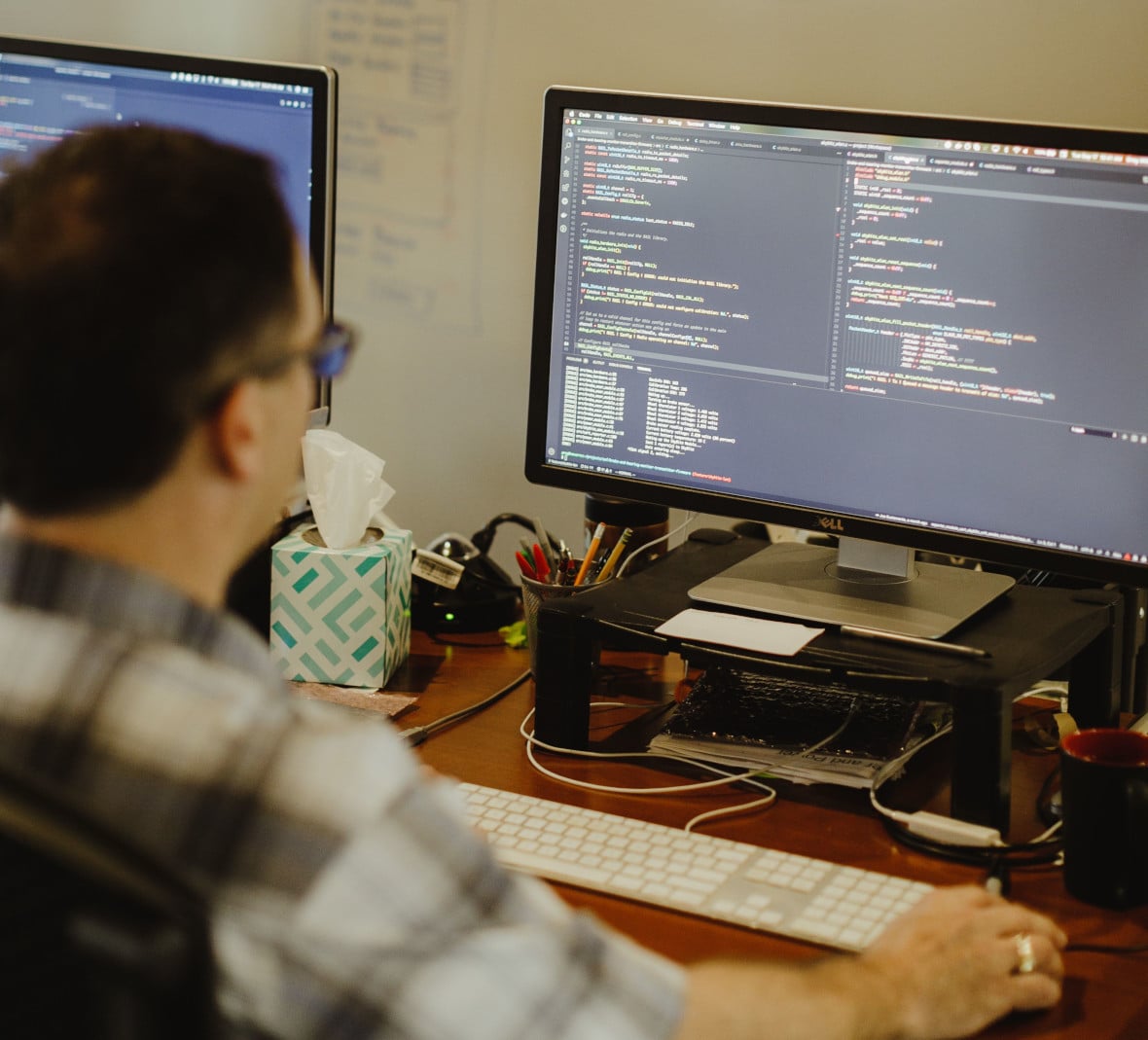Most of us deal with frequent distractions and interruptions during the day. The mental load of context switching is significant and leads to more fatigue and less productivity. Even in a less interruptible role than some, I have noticed that a few simple habits have helped minimize the mental strain of jumping between multiple tasks.
1. Minimize Context Switching When Possible
What is the best way to deal with context switching? Just don’t do it if you don’t have to. There is unspoken pressure in the workplace to be reachable at all times. While responsive communication is a positive, it needs to be balanced. Schedule interruptible time and focus time into your calendar so teammates know how to manage their expectations for your responsiveness. There is nothing wrong with adding a “Busy” block to your calendar and turning off notifications to get heads down time.
2. Keep a Note to Orient You to Each Context
For each important task I have on my plate, I create a note with a quick description of the goal of the task, a general strategy for tackling it, and my list of the next steps. (If you are looking for a good note-taking software, I would suggest trying Bear.) My goal is to have a short, digestible document I can glance over that will help me remember the need-to-knows in minutes. I keep it up to date as new information or questions arise so I am able to get the TL;DR at a moment’s notice. Additionally, the notes are a helpful reference to keep around as projects progress. Months later, I have been able to search for a few key words and remember the main goals and questions of the related task.
3. Get a Change of Scenery
Especially in a remote context, we rarely walk into a different physical space to join a meeting or meet a new client. Instead, many of us still sit in the same chair in the same room to join a different Zoom meeting. Without the help of this physical signal to our body, our brains bear a heavier load to switch headspaces.
Change up your scenery to reflect the change of headspace. For me this might look like clearing my desk of extra mugs or clutter to signal “this is focus time” or moving to another location in my house between work blocks and meetings. When switching projects, I will start to gather physical artifacts on my desk that represent the project landscape, like walking into a team space might.
These three practices have helped me spend fewer hours trying to remember details or next steps and more hours in focus time. For more tips on handling context switching, check out my colleague Bella’s series on Being a Boss at Context Switching.

